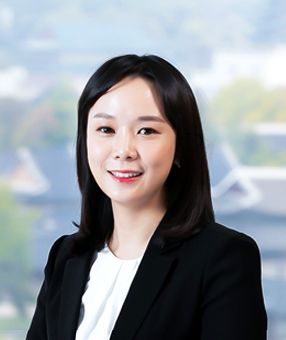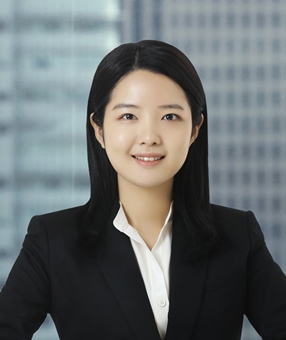Recently, the Korean Supreme Court rendered a potentially disruptive decision that interpreted portrait rights (right to use one's likeness) to limit the amount of time a model's images can be used pursuant to a modeling contract in Korea (Supreme Court Decision 2021Da219116, rendered on July 21, 2021). The Supreme Court essentially held that because an individual's portrait rights are guaranteed under the Constitution, the fact that the model's agreement did not specify an end date for the use of her images did not simply mean that the images could be used indefinitely, because the duration of the agreement was still required to be reasonable in view of the circumstances under which the agreement was executed.
In this case, the Defendant, an online accessory seller, and the Plaintiff, who is a commercial model, entered into an agreement where the Plaintiff allowed the Defendant to use photographs of the Plaintiff's upper body adorned with accessories for an advertisement, in exchange for compensation (about USD 3500). Plaintiff was recognizable in the advertisement. However, a dispute arose regarding the period of time the Defendant used the photographs at issue, and the Plaintiff filed a legal claim against the Defendant for infringement of the Plaintiff's portrait rights.
The Seoul High Court found that the Plaintiff's portrait rights were not infringed, on the basis that the agreement between the Plaintiff and the Defendant did not contain any time limit on the Defendant's commercial use of the photographs while selling the products shown in the advertisement. However, the Supreme Court ultimately held that even though the Plaintiff had consented to the commercial use of the Plaintiff's photographs by the Defendant, because portrait rights are also guaranteed under the Constitution, it was reasonable under the circumstances to assume the Plaintiff only consented to a limited period of use of the photographs, and remanded the case to the Seoul High Court for further proceedings in accordance with this holding.
The Supreme Court essentially held that because portrait rights are a Constitutional right, the Defendant was required not only to get the Plaintiff's consent to the use of the photos, but also to ensure that the photos were only published within the reasonable scope of such consent in view of social norms and customary practices in the field, or to get separate permission to exceed such scope. The Court indicated the following factors were relevant to determining the reasonable scope of consent: (i) the reasons and circumstances under which consent was given, (ii) whether the compensation was fair, (iii) whether the method of publication was foreseeable at the time of the photo shoot, and (iv) whether it was reasonably foreseeable that the Plaintiff would have executed a different agreement at the time of consent if the Plaintiff had been aware of such method of publication. The Court further determined that the photographer or publisher in such a transaction bears the burden of proving consent and that the publication was within the scope of consent, and that any agreement consenting to use of portrait rights should be strictly interpreted where the objective meaning of terms is not clear, particularly where interpreting the terms in a particular way may severely disadvantage the consenting party, such as by inadvertently waiving rights.
In this particular case, the Supreme Court determined that the period of use by the Defendant of the Plaintiff's photographs should be reasonably limited in view of the circumstances. The Court took particular note that allowing the Defendant to use the Plaintiff's photographs for an unlimited time risked severe disadvantage to the Plaintiff by effectively depriving the Plaintiff of these portrait rights, given that the photographs could be widely disseminated, and indicated that such an unlimited term of use must be expressly agreed or have been clearly understood by the Plaintiff. In addition, the Court noted that the agreement expressly confirmed the Plaintiff's ownership of the portrait rights at issue, making it unlikely that the Plaintiff would have foreseen or agreed to the Defendant's use of the photographs for an unlimited time. The Court further reasoned that other factors tended to support that the time of use should be limited, including the background of Plaintiff's consent to the photo shoot, the scope and purpose of publication of the photograph, the extent to which the Plaintiff was recognizable in the photographs, the likelihood the Plaintiff would have executed a different agreement if it had been clear the photograph would be used for an indefinite period, and customary practices in the industry such as the duration of time a model is used for a given product life cycle.
The Supreme Court's holding makes it clear that any party seeking to publish or publicly use the image of another for commercial purposes must take care to ensure that consent is clearly obtained for the full scope of intended use of the image, including the period of time for which the image will be used. Companies using third-party portrait rights in their businesses in Korea are well-advised to clarify in their agreements the exact scope of use they need for such portrait rights.
Related Topics






